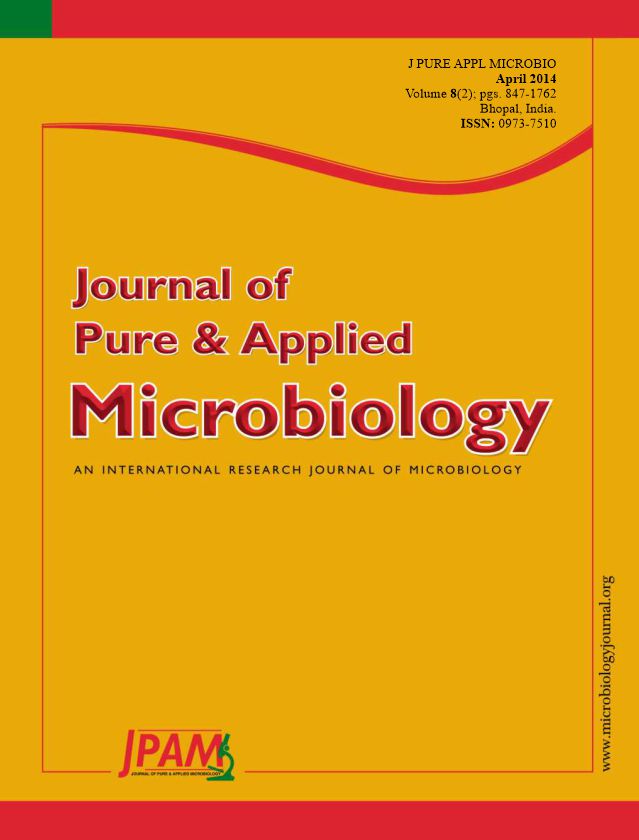The production of malate by xylose fermentation with Aspergillus parasiticus CICC40365 and the involved metabolic pathway were investigated in this paper. A Box-Behnken experimental design was employed to study the fermentation medium components on the basis of monofactorial experiment. The results showed that the optimal medium composition for malate production were as follows: the xylose, MnSO4•H2O, FeSO4•7H2O, (NH4)2SO4, yeast extract powder, MgSO4 and CaCO3 were 100.0g/L, 0.15g/L, 0.08g/L, 2.0 g/L, 3.0g/L, 0.20g/L and 80g/L, respectively; the malate yield of 53.71g/L was obtained from the optimal condition and it was 40.5% higher than that of original condition. The optimum fermentation conditions through single factor experiments were found to be a temperature of 32!, shake flask liquid volume of 60mL/250mL, inoculum ratio 8%(v/v) and incubation time of 7 days leading to the malate yield of 55.64g/L. Moreover, the preliminary analysis result from the xylose metabolic pathway indicated that the xylulokinase was the key rate-limiting enzyme for the xylose metabolism of this strain. Thus by fermentation processing optimization, the yield of malate was raised effectively.
Malate, Aspergillus parasiticus, Box-Behnken experimental design, Xylose
© The Author(s) 2014. Open Access. This article is distributed under the terms of the Creative Commons Attribution 4.0 International License which permits unrestricted use, sharing, distribution, and reproduction in any medium, provided you give appropriate credit to the original author(s) and the source, provide a link to the Creative Commons license, and indicate if changes were made.


